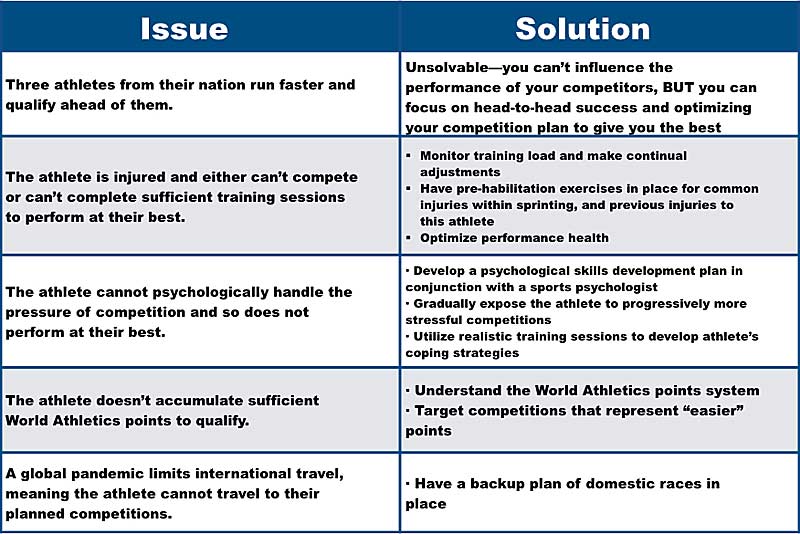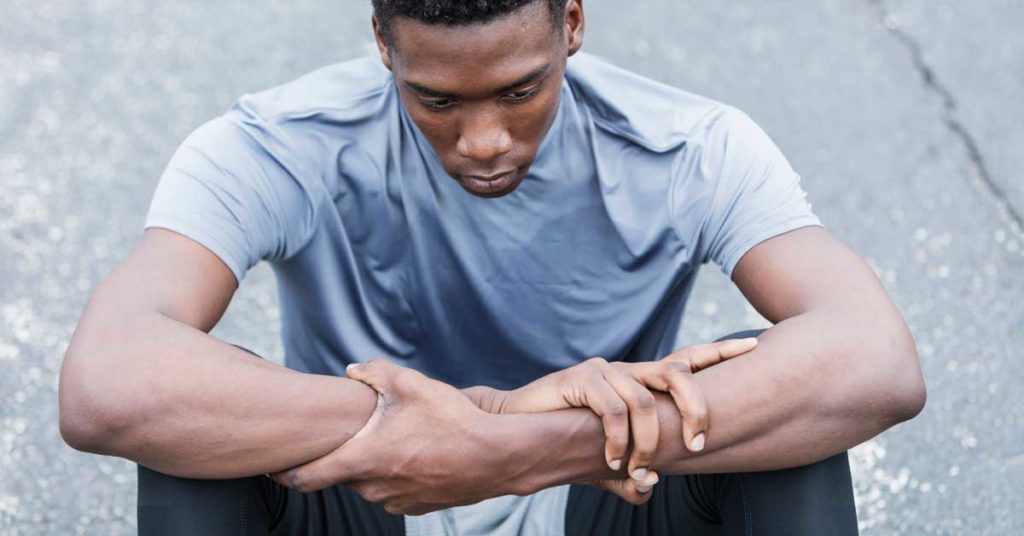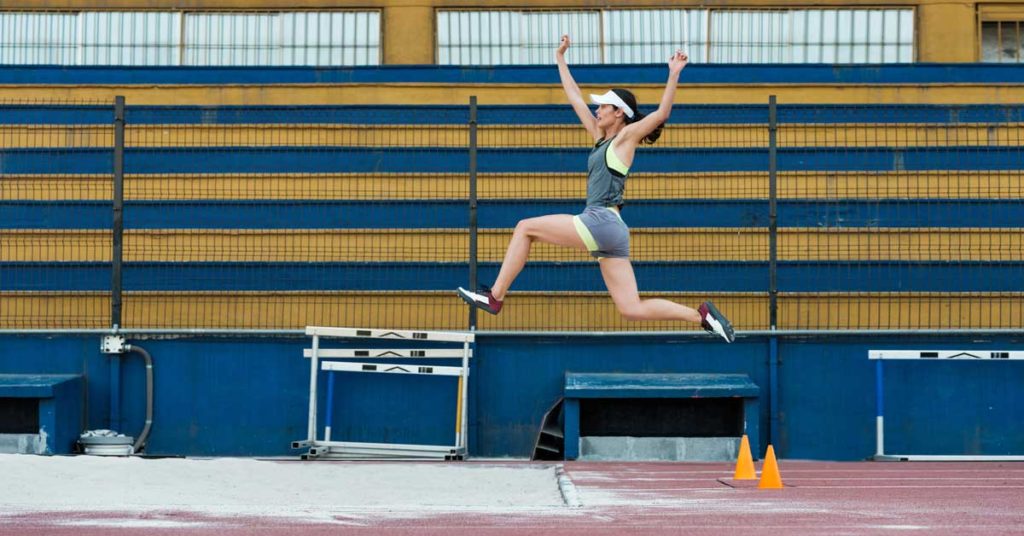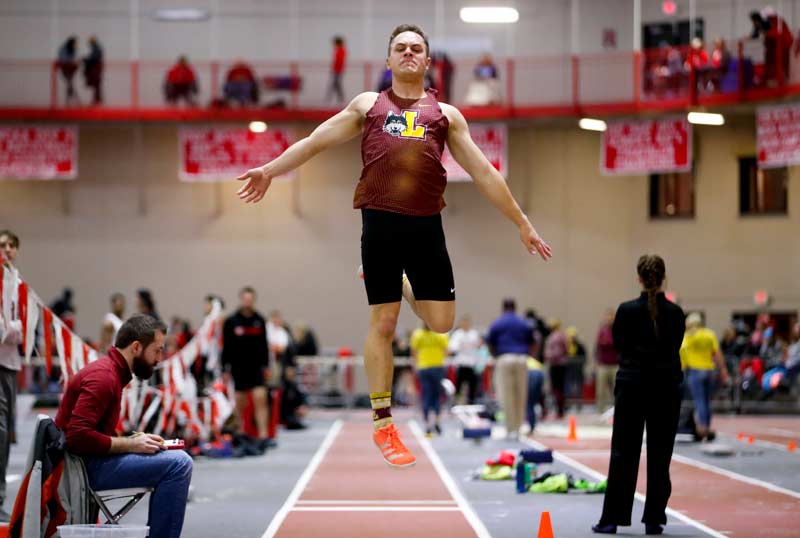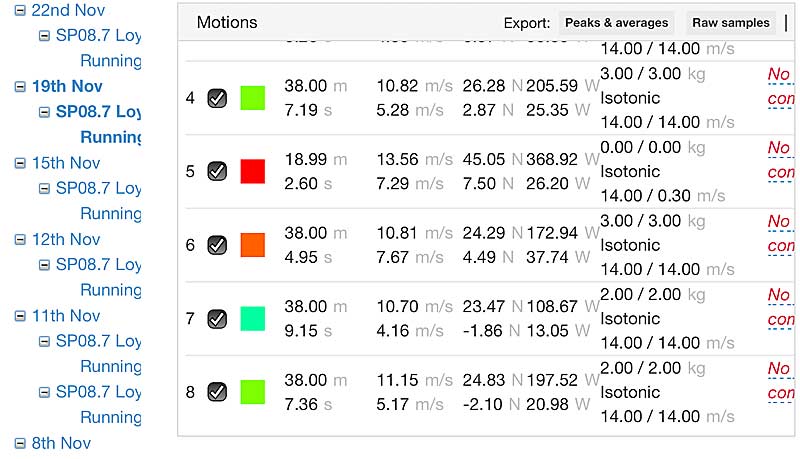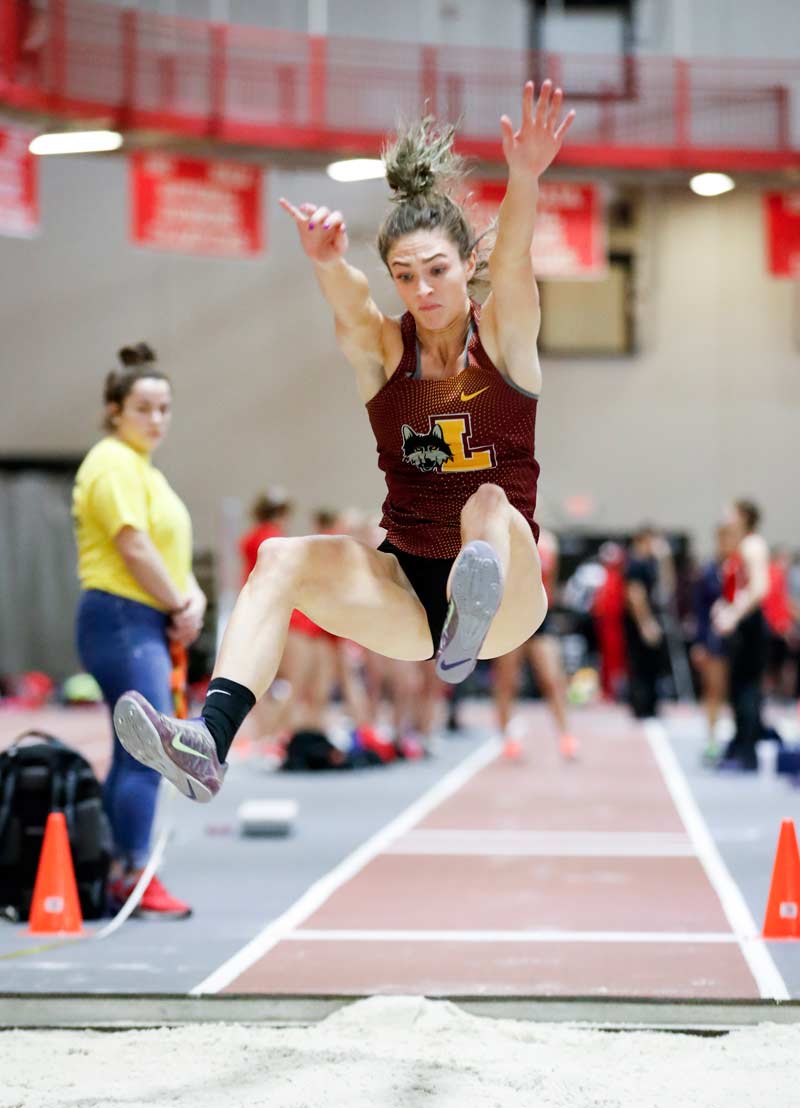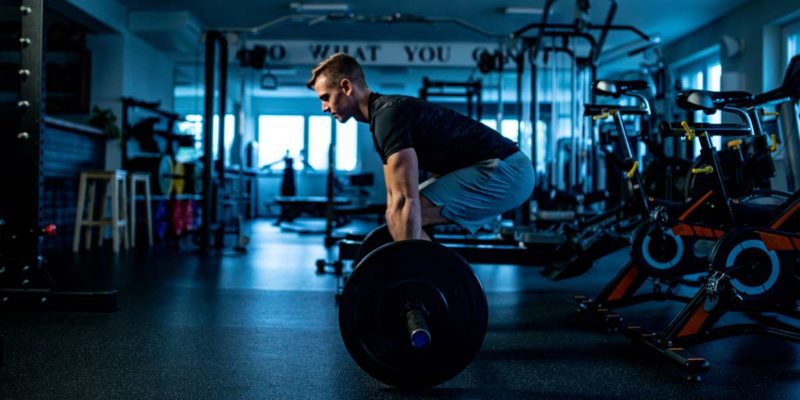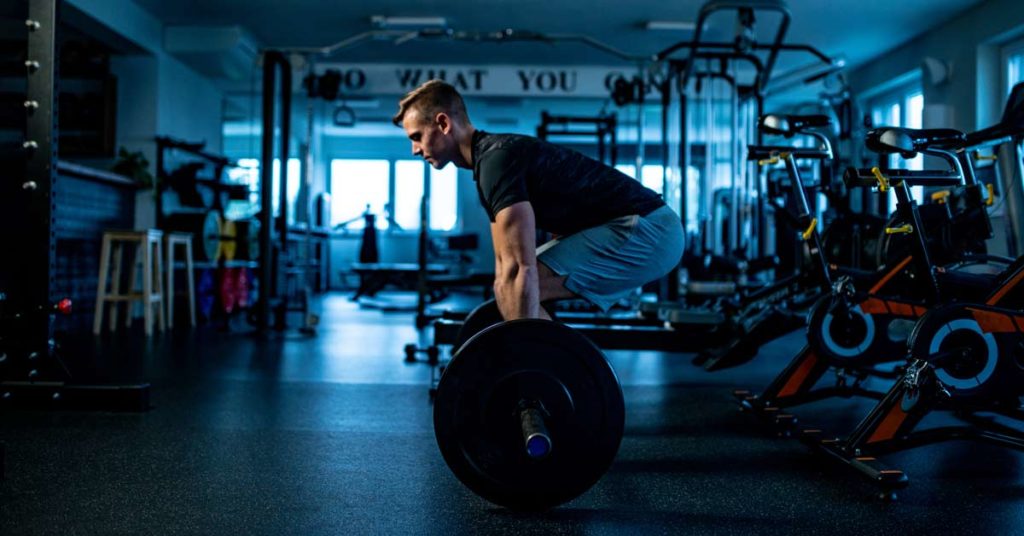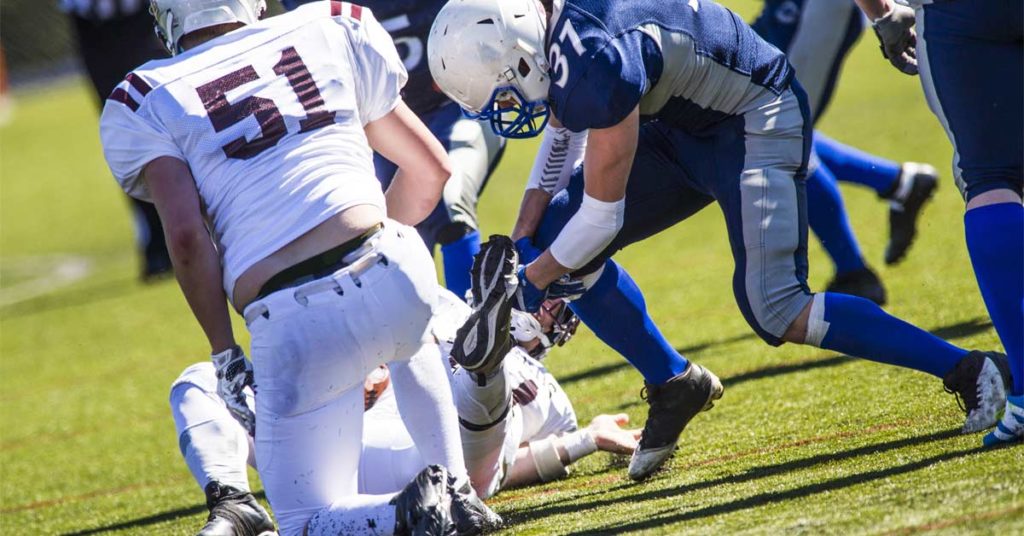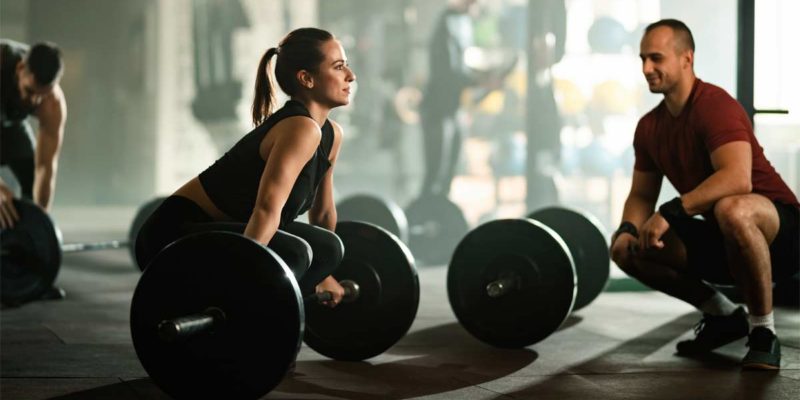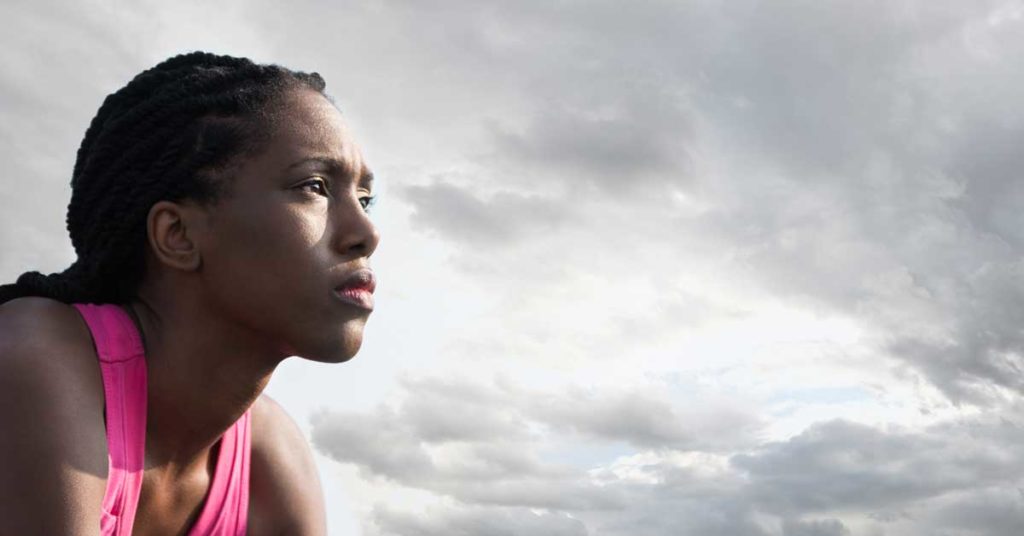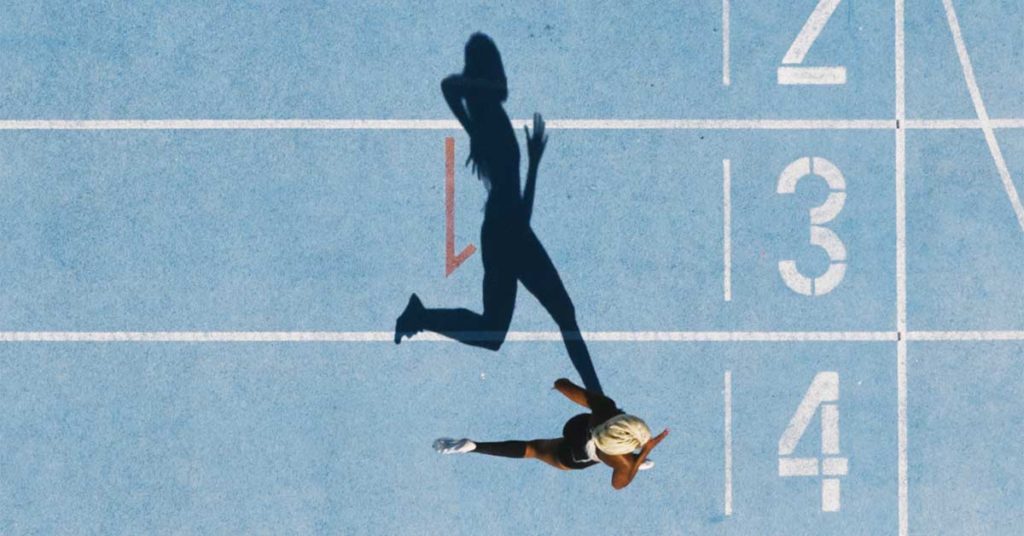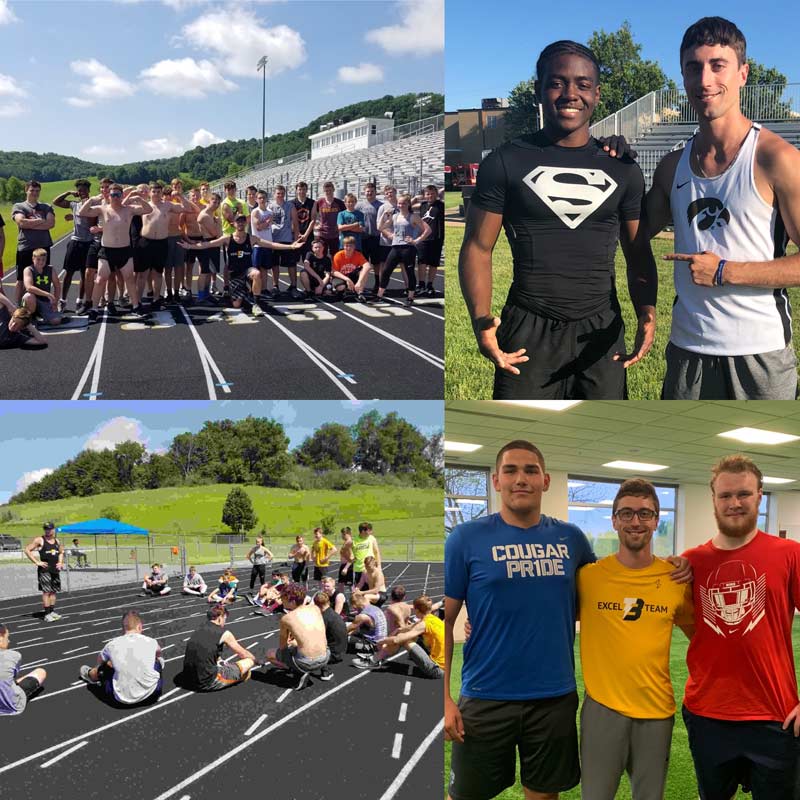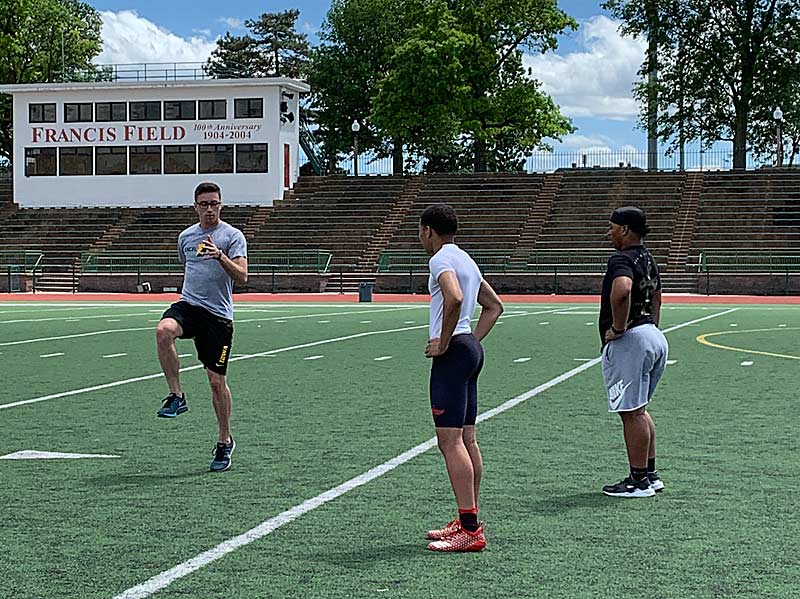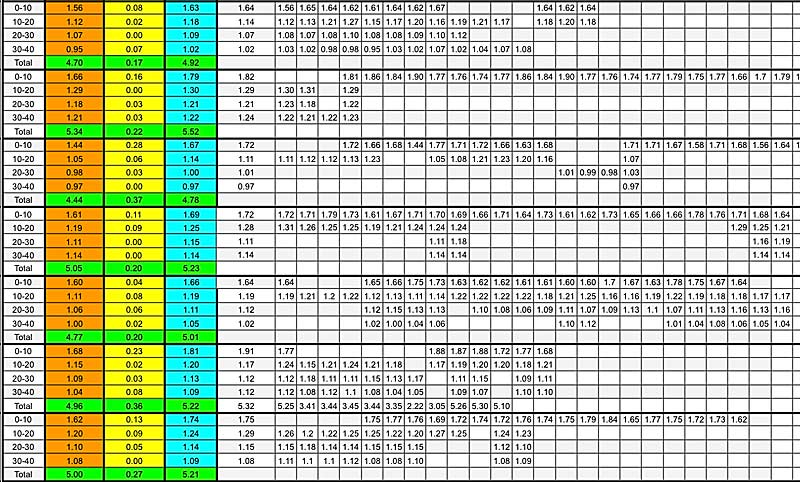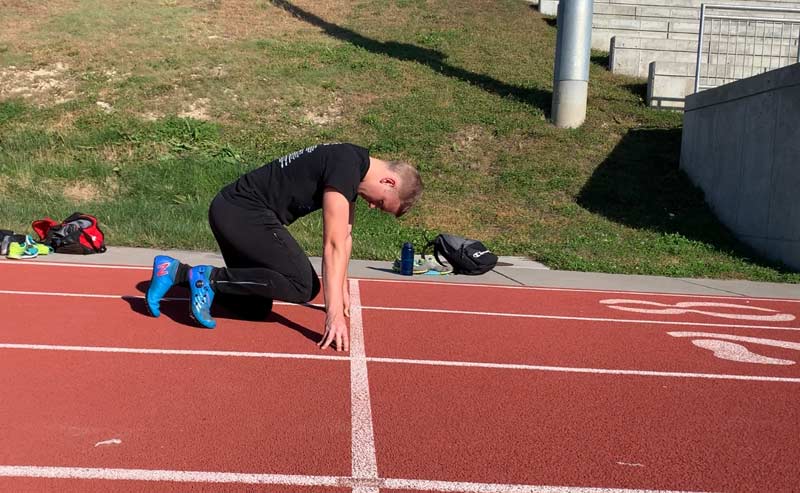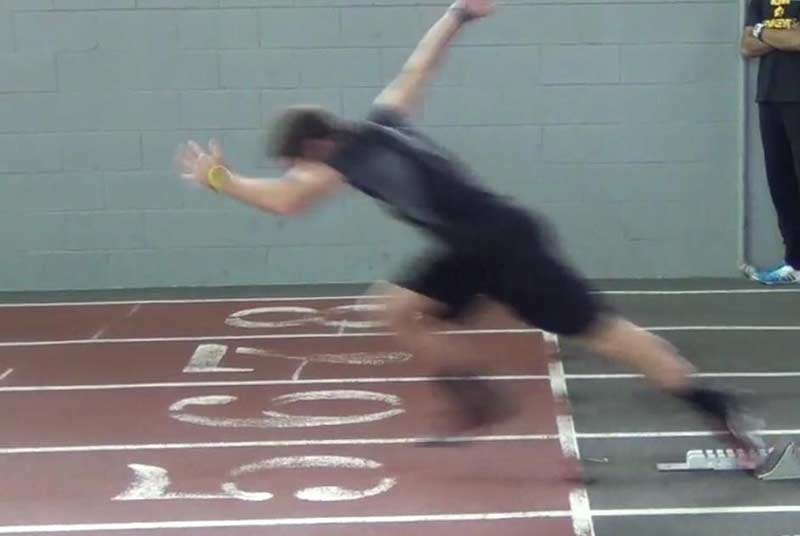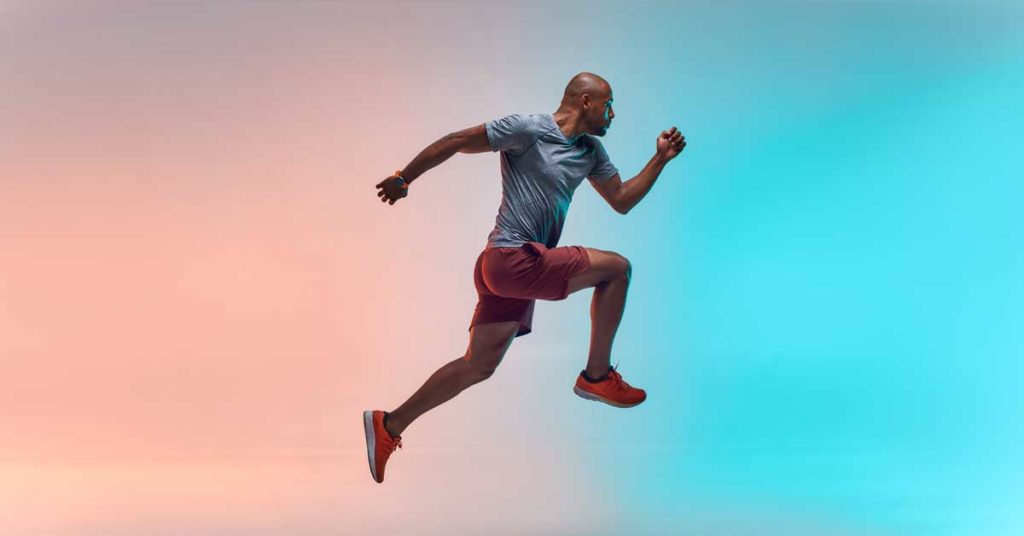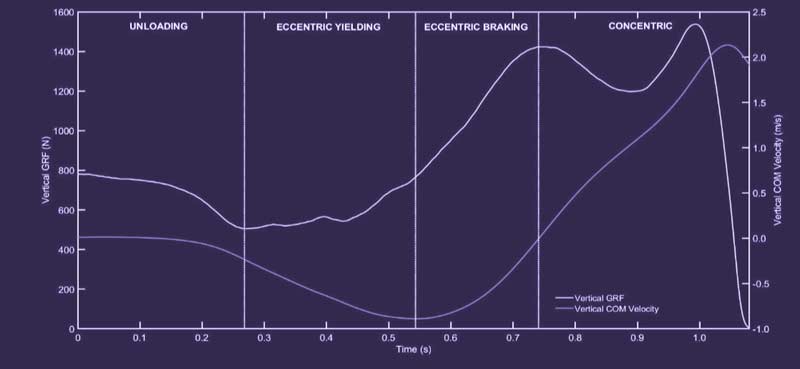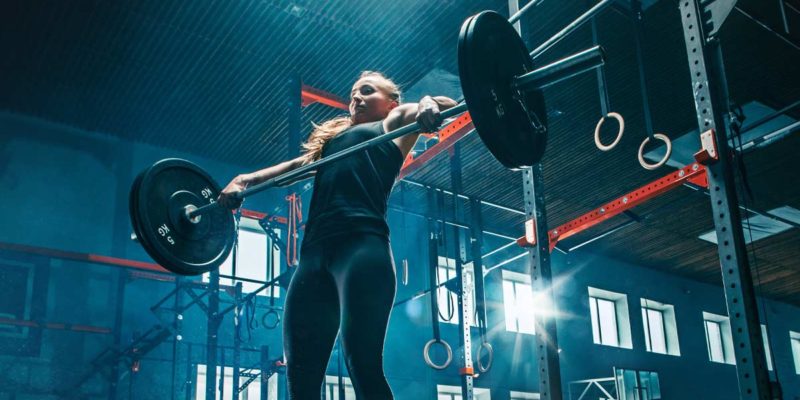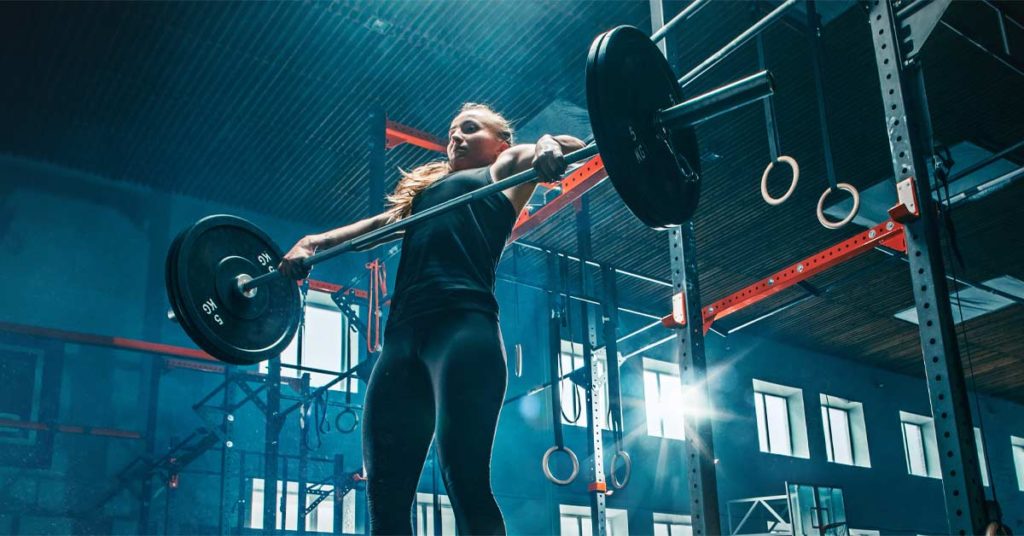
Coach Brian Kula has worked with thousands of athletes in his career as a track and field, sport performance, and football coach. He has coached multiple national champions, All-Americans, Gatorade Players of the Year, and state champions in a variety of sports. Kula has 24 years’ experience in the development of athletes at all levels, from youth to professional. He has been certified as a Strength and Conditioning Specialist (CSCS) through the National Strength and Conditioning Association (NSCA). He earned his bachelor’s degree in kinesiology from UNC in 1996 and began his professional career in the same year.
In addition to many years as a head track coach and architect of numerous championships and records, Kula also coached football and operated strength and conditioning programs. He directed all facets of strength, speed, agility, conditioning, testing, recovery, and nutrition. Coach Kula has been a presenter at coaching clinics for speed development and training programs in a number of states and consulted for various programs around Colorado.
Freelap USA: When working on stride mechanics, do you have a set of drills you constantly refer to, or do you play it by ear? Many coaches are stuck on the best drills but could be missing out on the right drills.
Brian Kula: Every drill that we do has a purpose and is planned in a similar manner to the load or intensity of the actual workout. We have two different drill sequences that we use on a daily basis. Depending on the focus of the training session, we follow the drills that reinforce the mechanics we desire from the training session.
If we are in an acceleration training day, we focus on our Bounce & Fire series. This set of drills concentrates on the foot pushing through the ground, front-side recovery, and pushing down and back with the foot strike under the center of mass. This series creates muscle memory for the acceleration pattern when we move into higher-intensity exercises.
If we are in a max velocity training day, we have a secondary set of drills we implement that focus more on ground contact time, posture, and the angulation of the flexion/extension at top end speed. Once again, it gets the system dialed in for the training focus to follow.
We certainly have a template or menu that we use daily. However, we often modify the dosage based upon athlete condition or the quality of workout planned for the day. I like to introduce new drills periodically once athletes master basic drills, so that they have many opportunities to be challenged and new adaptation patterns are introduced.
Freelap USA: Fitness matters more in soccer than football. Do you do any formal conditioning, or do you expect all of the fitness to come from practicing?
Brian Kula: I believe that fitness comes in many forms, and if speed development is done well, then conditioning can be limited to a microdose that typically comes from the sport. The idea of raising an athlete’s speed reserve has all but replaced formal conditioning for us. Speed, power, and efficiency are the key to playing fast for an entire game.
If speed development is done well, conditioning can be limited to a microdose that typically comes from the sport, says @KulaPerformance. Share on XA sport typically has sport-specific conditioning or play that will help the athlete get into game-ready condition. We do not take time away from the development of speed and power to implement fitness because, if done well, the athlete who is significantly faster will win any conditioning test (reasonably sport-related) you can dream up. If you increase an athlete’s max velocity by 2.0 mph, then you also increase their sub-max velocity by 2.0 mph. Therefore, in the final minutes of a game, they are still faster even at 80% of max velocity than an athlete who is well-conditioned but slow.
Freelap USA: Plyometrics are tough to teach in groups and sometimes not compatible with everyone. How do you teach and train jump training with your athlete?
Brian Kula: In the private sector, we run a basic movement screen for plyometrics and start with rudimentary movements (Pfaff) and low-volume jumping exercises to assess the readiness of an athlete. In large groups, it is difficult to properly assess every athlete on the front end. If everyone is healthy, we dive into a progression of plyometric movements that move from simple to complex and lower intensity to higher.
Identifying athletes who are not ready due to strength, coordination, or mobility issues is critical, as is making modifications to fit the level they are at before advancing them back into mainstream progressions. We teach proper takeoff and landing mechanics before we add volume and intensity. This is very important not only for injury prevention, but for high performance as well. Plyometrics are essential in force production and development of the stretch reflex in sprinting. A proper progression is essential, but we do not shy away from moving athletes along in our jump training.
Freelap USA: Obviously, Christian McCaffrey is super talented given the obvious genetics. What do you say to parents who think speed is only gifted? What is your trick with the lesser talented athletes to help them bloom?
Brian Kula: You can’t pick your parents! I tell them that speed is a skill that CAN be learned. Everyone has a ceiling on how fast they can run, and it is often limited by genetics. However, the proper training protocol and development of the energy system responsible for moving fast can reverse the genetic predisposition of being slow.
Relativity is also important to help parents/athletes understand.
We can guarantee to make an athlete faster. We cannot guarantee to make them as fast as McCaffrey (CMC) or other gifted professional athletes. CMC is an example of an athlete who has the genetic predisposition to be fast and has trained extensively to become elite—improvement nonetheless, just a different ceiling height.
The proper training protocol and development of the energy system responsible for moving fast can reverse the genetic predisposition of being slow, says @KulaPerformance. Share on XMy tricks? Well, I hope this does not come off as arrogant, but our trick is that we have a proven system that has helped athletes get faster at every level. I believe that the athletes have to buy into the system and put in the time and effort to see the process bear fruit. There is no “easy” button when it comes to speed training. Science tells us that there are various muscle fibers (type I, type IIa, type IIb), and we have a tendency to be faster-twitch or slower-twitch (sprinters/distance runners). We have the ability to develop the system that we desire to enhance by how we train.
Freelap USA: Weight training has a role in preparing athletes for deceleration and body health. What are your key training methods to help athletes stay healthy so they can get faster and more dynamic on the field?
Brian Kula: My 30-second elevator pitch of how we develop athletes is this: Run fast, lift heavy, move efficiently, and rest often!
My dad was a strength coach for more than 35 years, and I have been fortunate to live through the evolution of sports performance as an athlete and coach over the last 35 years. In 1987, when I was starting ninth grade, my dad/coach entered me in a powerlifting competition at the 105-pound weight class. (I had just broken the 100-pound barrier.) I deadlifted an astonishing 215 pounds—HA!
I look back and now understand why he put his skinny, athletic son in a powerlifting contest. He also drove me 90 miles, one way, to a club track in middle school where I learned to sprint and hurdle. I believe that he knew the importance of speed and power and how it related to performance on the field. In our rural 2A high school class of 85 kids, we had three NCAA All-Americans and an NFL sixth round draft pick who all trained under Murray Kula. His studies of the Russian and Eastern European athletes in the ’70s and ’80s influenced him and thus influenced me.
We stay away from too many bells and whistles. Finding the effective minimum dose to create adaptation without fatigue so that you can live in high performance is the key. Our critical methods to staying healthy are to be strong, powerful, mobile, and well rested. Fatigue makes cowards of us all—an old cliché that is true in high-performance training!
Since you’re here…
…we have a small favor to ask. More people are reading SimpliFaster than ever, and each week we bring you compelling content from coaches, sport scientists, and physiotherapists who are devoted to building better athletes. Please take a moment to share the articles on social media, engage the authors with questions and comments below, and link to articles when appropriate if you have a blog or participate on forums of related topics. — SF



